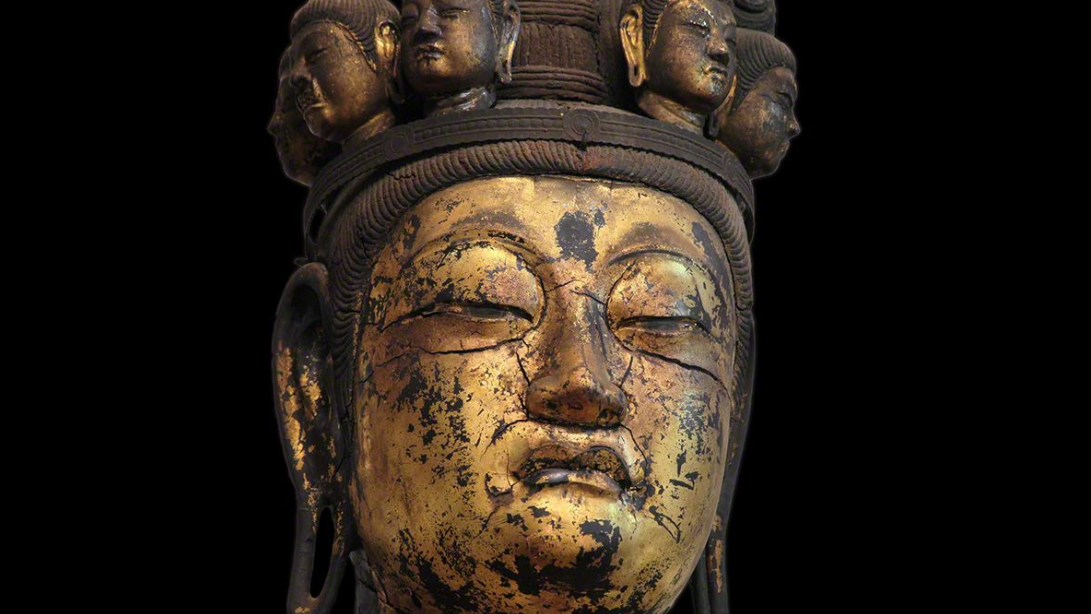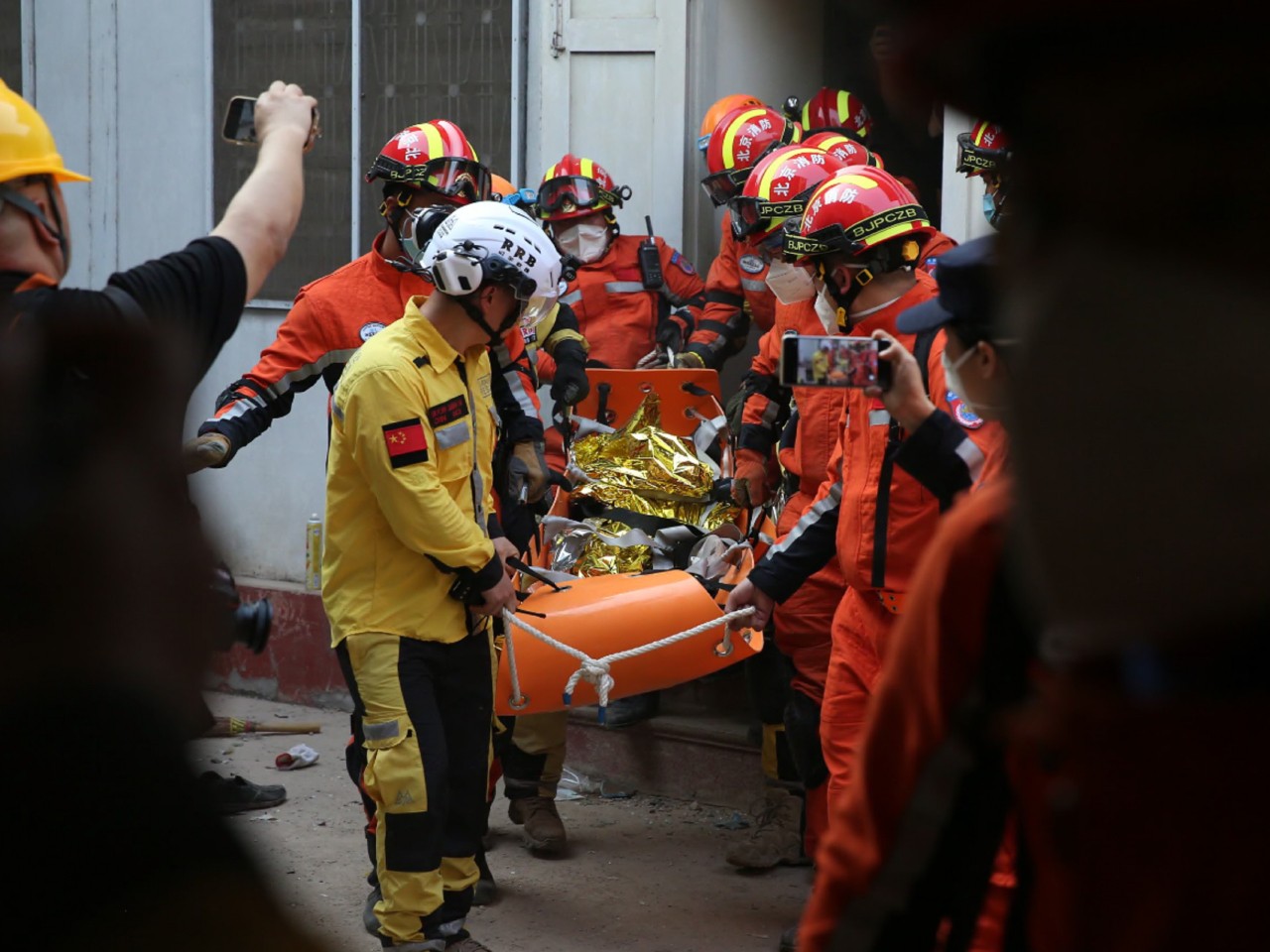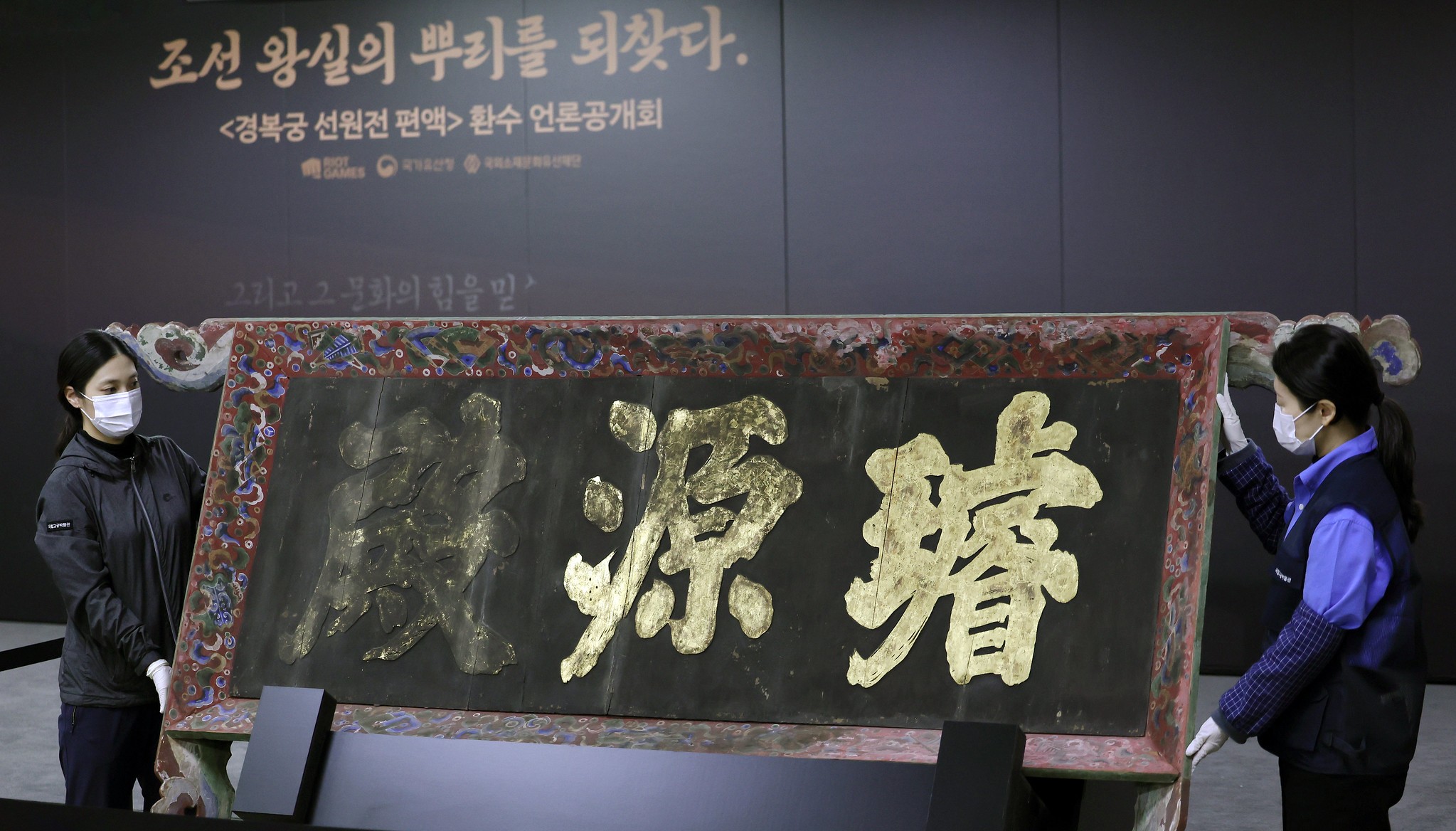The Lantern Festival is one of the important festivals of the Chinese nation. As the saying goes, the Lantern Festival is celebrated on the fifteenth day of the first lunar month. The Lantern Festival is the climax of the celebrations that started on New Year’s Eve. It is said that the Chinese have celebrated the Lantern Festival for more than 2,000 years. We celebrate the Lantern Festival every year, but not everyone knows the origin and legend of the Lantern Festival. So, would you like to know the origin and legend of the Lantern Festival? Legend? Let’s take a look.
The origin and legend of the Lantern Festival. Where did the Lantern Festival come from?
The origin of the Lantern Festival: When did the Lantern Festival originate?
Lantern Festival, the Lantern Festival is my country’s main traditional festival, also called Yuanxi, Yuan Ye, also known as Shangyuan Festival, because it is the first full moon night of the new year. Because this festival has the custom of viewing lanterns in the past dynasties, it is also called the Lantern Festival. (The Origin and Legend of the Spring Festival Analysis of the Origin and Legend of the Spring Festival)
The main custom of the Lantern Festival is eating Yuanxiao. The earliest record of eating Yuanxiao during the Lantern Festival can be found in the Song Dynasty. At that time, Yuanxiao was called “Fuyuanzi”, “Yuanzi”, “Lactose Yuanzi” and “Tangyuan”. Judging from historical records such as “Pingyuan Xuedao”, “Sui Shi Guang Ji”, “Da Ming Yi Tong Fu” and other historical materials, Yuanxiao as a seasonal food to celebrate the Lantern Festival began in the Song Dynasty. Because “yuanzi” must be eaten during the Lantern Festival, people named it after the Lantern Festival.
There are two theories about the origin of the Lantern Festival.
First, the Lantern Festival is a traditional festival in China. It existed as early as the Western Han Dynasty more than 2,000 years ago. Lantern viewing began during the period of Emperor Ming of the Eastern Han Dynasty. Emperor Ming advocated Buddhism. I heard that in Buddhism, on the 15th day of the first lunar month, monks would view Buddha relics and light lanterns to worship them. According to the Buddha’s practice, he ordered that on this night, lanterns be lit in palaces and temples to worship the Buddha, and all the nobles and common people were ordered to hang lanterns. Later, this kind of Buddhist ritual festival gradually became a grand folk festival. This festival has experienced the development process from the palace to the folk, and from the Central Plains to the whole country.
During the reign of Emperor Wen of the Han Dynasty, the fifteenth day of the first lunar month was designated as the Lantern Festival. During the reign of Emperor Wu of the Han Dynasty, the sacrificial activities for “Taiyi God” were held on the fifteenth day of the first lunar month. (Taiyi: God who dominates everything in the universe). When Sima Qian created the “Taichu Calendar”, he had identified the Lantern Festival as a major festival.
Secondly, the custom of lighting lanterns during the Lantern Festival originated from the Taoist “Three Yuan Theory”; the fifteenth day of the first lunar month is the Shangyuan Festival, the fifteenth day of July is the Zhongyuan Festival, and the fifteenth day of October is the Xiayuan Festival. The three officials in charge of the upper, middle and lower elements are heaven, earth and man respectively. The heavenly officials are happy, so lamps must be lit on the Lantern Festival. The festival period and customary activities of the Lantern Festival have been extended and expanded with the development of history.
In terms of the length of the festival, it was only one day in the Han Dynasty, three days in the Tang Dynasty, and as long as five days in the Song Dynasty. In the Ming Dynasty, the lights were lit from the eighth day of the lunar month until the lights were turned off on the night of the seventeenth day of the first lunar month, a full ten days. Connecting with the Spring Festival, the city is bustling during the day, and the lights are lit at night, which is spectacular. Especially the exquisite and colorful lights make it the climax of entertainment activities during the Spring Festival. In the Qing Dynasty, dragon dance, lion dance, land boat racing, stilt walking, Yangko dancing and other “hundred operas” were added, but the festival period was shortened to four to five days.
It is understood that the formation of the Lantern Festival customs has a long process. According to general information and folklore, the fifteenth day of the first lunar month has been taken seriously in the Western Han Dynasty. Emperor Wu of the Han Dynasty worshiped “Taiyi” in Ganquan Palace on Xinye night of the first lunar month, which was later People regard it as the precursor to offering sacrifices to the gods on the fifteenth day of the first lunar month. However, the fifteenth day of the first lunar month really became a folk festival after the Han and Wei dynasties. The introduction of Buddhist culture in the Eastern Han Dynasty played an important role in the formation of Lantern Festival customs.







